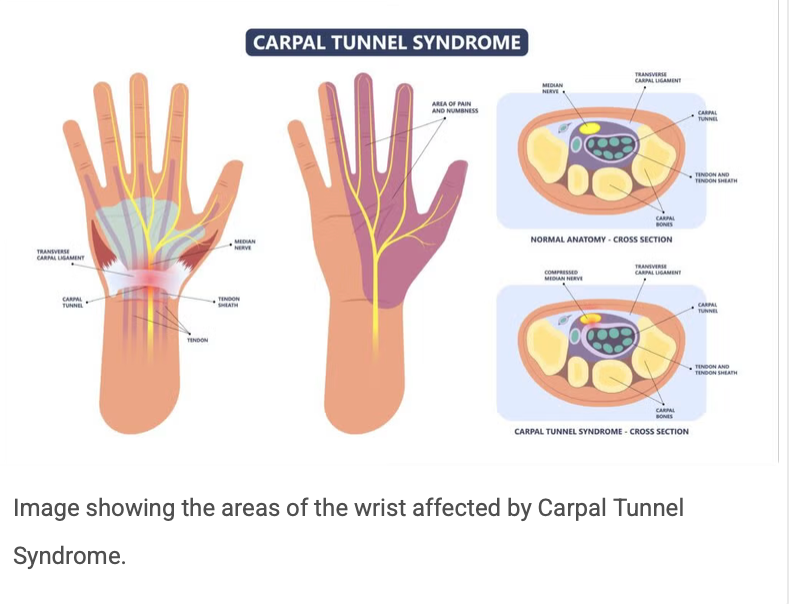Why do my knees hurt when I squat?!
- Megan Kramp
- Aug 26, 2022
- 2 min read
Squats are a great exercise with many benefits (they strengthen multiple muscle groups, are a functional movement used frequently in everyday life, promote improved balance, just to name a few). Yet they often get a reputation for being bad for your knees, which is not true as long as you are squatting with proper form!
So, why do you knees hurt when you squat? And more importantly, what can you do about it?
Pain with squats can occur for various reasons, however often it is because of not using good form when you squat. Here are several common problems I see when working with people in the clinic.

1. Your knees are going too far forward.
Good form is essential for protecting your knees. When you squat, your knees should stay over your ankles and not move forward past your toes. If it is difficult for you to keep your knees from going forward, try squatting with a chair behind you. While standing in front of the chair, shift your hips backward and let your knees bend as though you are going to sit down in the chair. Before you touch the chair, reverse directions to stand back up, pushing through both legs. This should help you maintain the correct form.


2. You’re going too far down.
When you squat, the goal should be to get to a 90 degree angle of your knees. Going past that will increase the pressure and strain on your knees. If you have a history of a knee injury or arthritis in your knees, even going to 90 degrees might be a strain on your knees if your muscles around your knee joint aren’t strong enough. Start with a
smaller range of motion and focus on good form. As you get stronger, you can progress toward getting to 90 degrees.
3. You aren’t bracing through your core.
If your abdominal muscles are weak or you aren’t using them to brace through your core, this can increase the pressure and strain on your knees (and/or your low back!). Focus on squeezing your abdominal muscles throughout the squat. Performing core strengthening exercises will also help to increase your core strength and ability to brace through your abdominal muscles while performing other exercises.
Proper squat form
For good squat form, start with your feet about shoulder width apart or a little wider. Push your hips back and down, letting your knees bend as you go, as though you are sitting down in a chair, then push back up to standing. Keep your shoulders back and down, your abdominal muscles braced, and your spine in a neutral position throughout the motion.

If you are looking for guidance in starting, progressing, or modifying an exercise program, our therapists can help! Our wellness visits are designed to help you work toward your individual wellness and exercise goals and our therapists are movement experts who can guide you in exercising safely. We work with people of all ages and fitness levels, and as therapists we know how to adapt and modify exercises if you have an injury or medical condition that makes it challenging for you to exercise. Contact us to learn more or schedule an appointment!





Comments